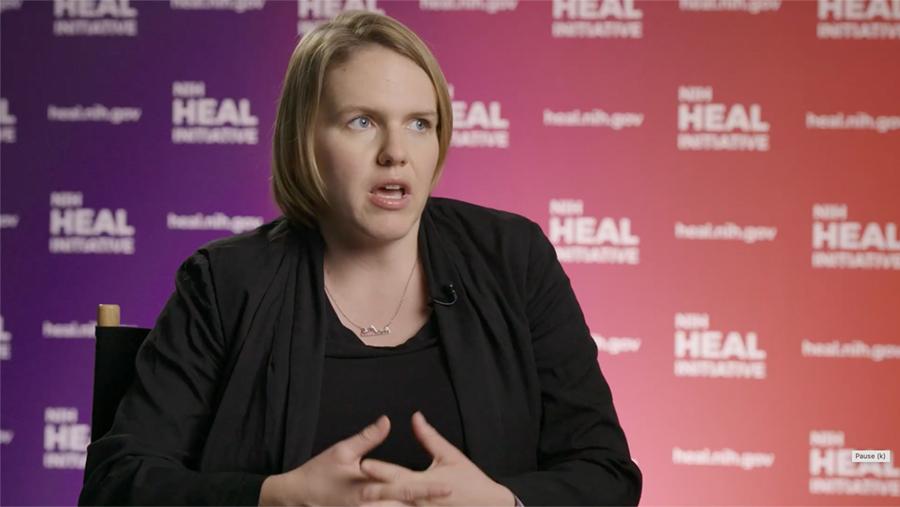Leveraging Existing and Real-Time Opioid and Pain Management Data
Overview
The Research Need
An all-hands-on-deck approach to curbing the opioid and pain public health crises requires innovative strategies for leveraging, sharing, integrating, and disseminating data and findings. Research innovation and maximal collaboration ensures that information is timely, accessible, and interpretable, as well as useful to the communities who need it to make decisions rapidly.
About the Program
The Helping to End Addiction Long-term® Initiative, or NIH HEAL Initiative®, supports projects that leverage and integrate diverse data streams (such as from health records, mortality records, and pharmacy dispensing databases) and tools to provide more accurate, real-time assessments about the opioid crisis and its changing dynamics. Information must be disseminated in ways that can inform targeted, on-the-ground solutions for communities in need.
Publicly available, large-scale datasets exist that maintain important health-related data. These databases could be optimized to improve understanding of the development and treatment of pain, opioid use disorder, and overdose. This program supports research that refines existing data sources in novel ways to maximize their potential and answer important questions that can lead to new and improved treatment and prevention strategies
To facilitate greater innovation, collaboration, and transparency across HEAL research teams, the program will also provide support to HEAL grantees to make their data more findable, accessible, interoperable, and useable (FAIR), with the goal of fostering discovery and leveraging new approaches.
Open Funding Opportunities
There are no Open Funding Opportunities at this time.
Research Examples
Research activities in this program include:
- Enhancing methods to identify hidden opioid misuse and opioid use disorder populations (such as using data from syringe service programs) outside the traditional medical treatment system
- Developing methods to capture opioid usage data on a real-time or near real-time basis
- Improving technologies to mine or automatically extract data from electronic health records, clinical trial data, digital health devices, social media, and other observational and experimental data sources
- Comparing long-term outcomes of pain management treatments using electronic health records
- Analyzing administrative data from the Centers for Medicare & Medicaid Services
- Biocorrx, Inc. – California
- Brown University – Rhode Island
- Dartmouth College – New Hampshire
- Duke University – North Carolina
- Emory University – Georgia
- Friends Research Institute, Inc. – Maryland
- Loyola University Chicago – Illinois
- Ohio State University – Ohio
- Oregon Health & Science University – Oregon
- Stanford University – California
- University Of California Irvine – California
- University Of California Los Angeles – California
- University Of California San Diego – California
- University Of Kentucky – Kentucky
- University Of Maryland Baltimore – Maryland
- University Of Michigan at Ann Arbor – Michigan
- Virginia Commonwealth University – Virginia
- Wake Forest University Health Sciences – North Carolina
- Yale University – Connecticut
 U.S. Department of Health & Human Services
U.S. Department of Health & Human Services


